Probing the depths of plastic pollution
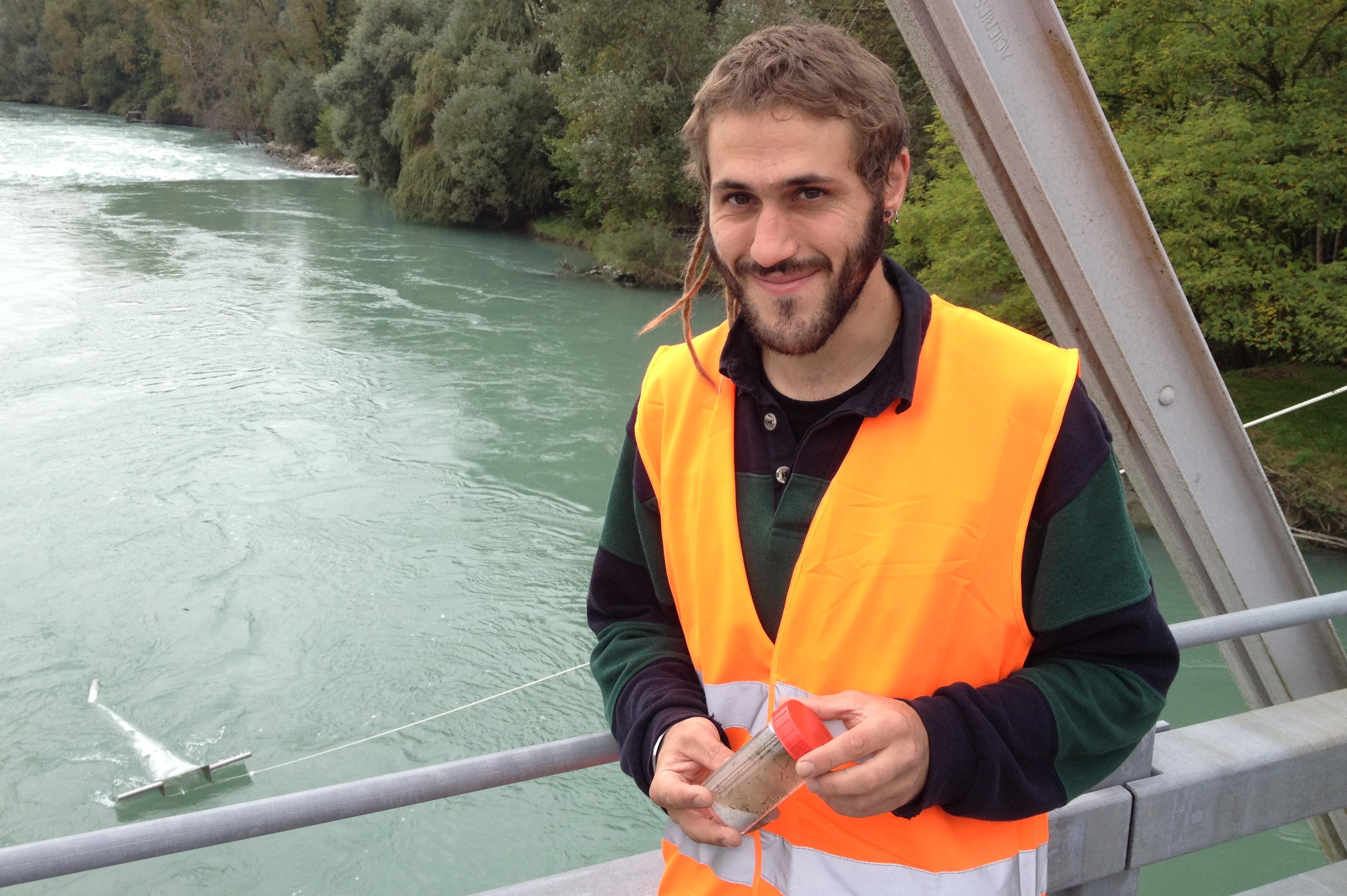
Researchers who identified significant plastic pollutants in Lake Geneva are now examining other water sources in Switzerland. Their findings should give insights into microplastic pollution in oceans – most of which arrives from rivers and sewage.
Florian Faure points his tweezers at the surface of a murky cocktail he has just extracted from the Rhône River west of Geneva.
“That’s a plastic pellet and those are polystyrene balls,” explains the environmental researcher from Lausanne’s Federal Institute of Technology (EPFL).
Time for a final sample. He leans over the edge of the metal bridge that crosses the Rhône at Chancy southwest of Geneva and using a rope lowers his manta trawl – a floating thin-meshed net – into the river that flows from Switzerland into France and eventually southwards to the Mediterranean Sea.
Faure is part of a team of EPFL researchers examining microplastic pollution – pieces smaller than five millimetres in diameter – in the Rhône and Rhine rivers in Switzerland, as well as in lakes Zurich, Constance, Neuchâtel, Maggiore, Brienz and Biel.
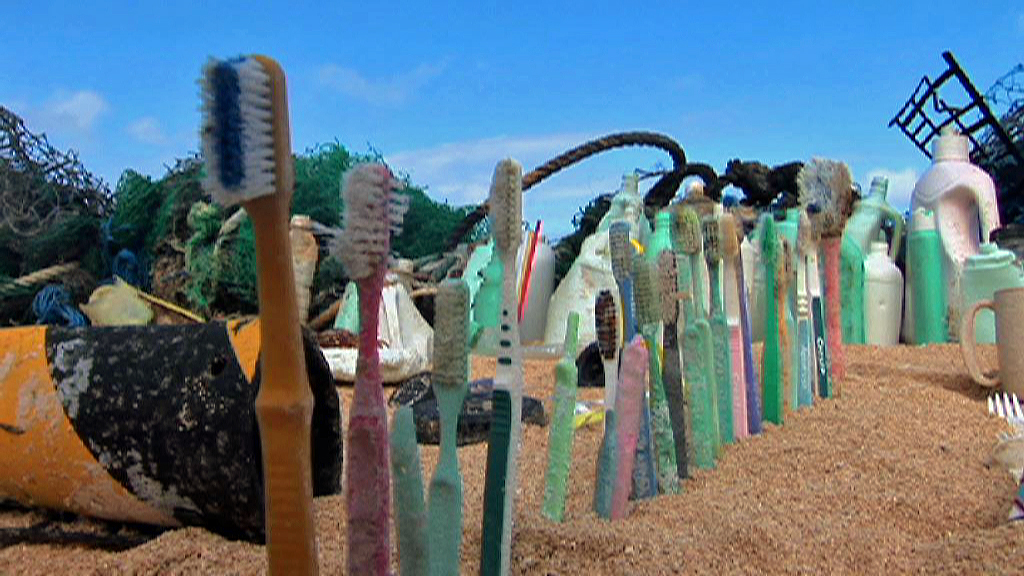
More
Tiny particles, huge threat
The research, commissioned by the Federal Office for the Environment and due next April, follows their study into microplastics pollution in Lake Geneva that made the headlines this summer.
Those results, published in the Archives des Sciences journal, found plastic in every sample it took from the beaches of Lake Geneva. The main culprits were polystyrene beads, but hard plastics, plastic membranes and pieces of fishing line were also widespread as well as microbeads from personal care products and cosmetics.
The amount of debris caught in the manta trawl on Lake Geneva was comparable to measurements taken in the Mediterranean, the EPFL reported.
For the new study the team are using a similar approach, from combing beaches and lakes to dissecting fish. But this time they plan to take many more samples.
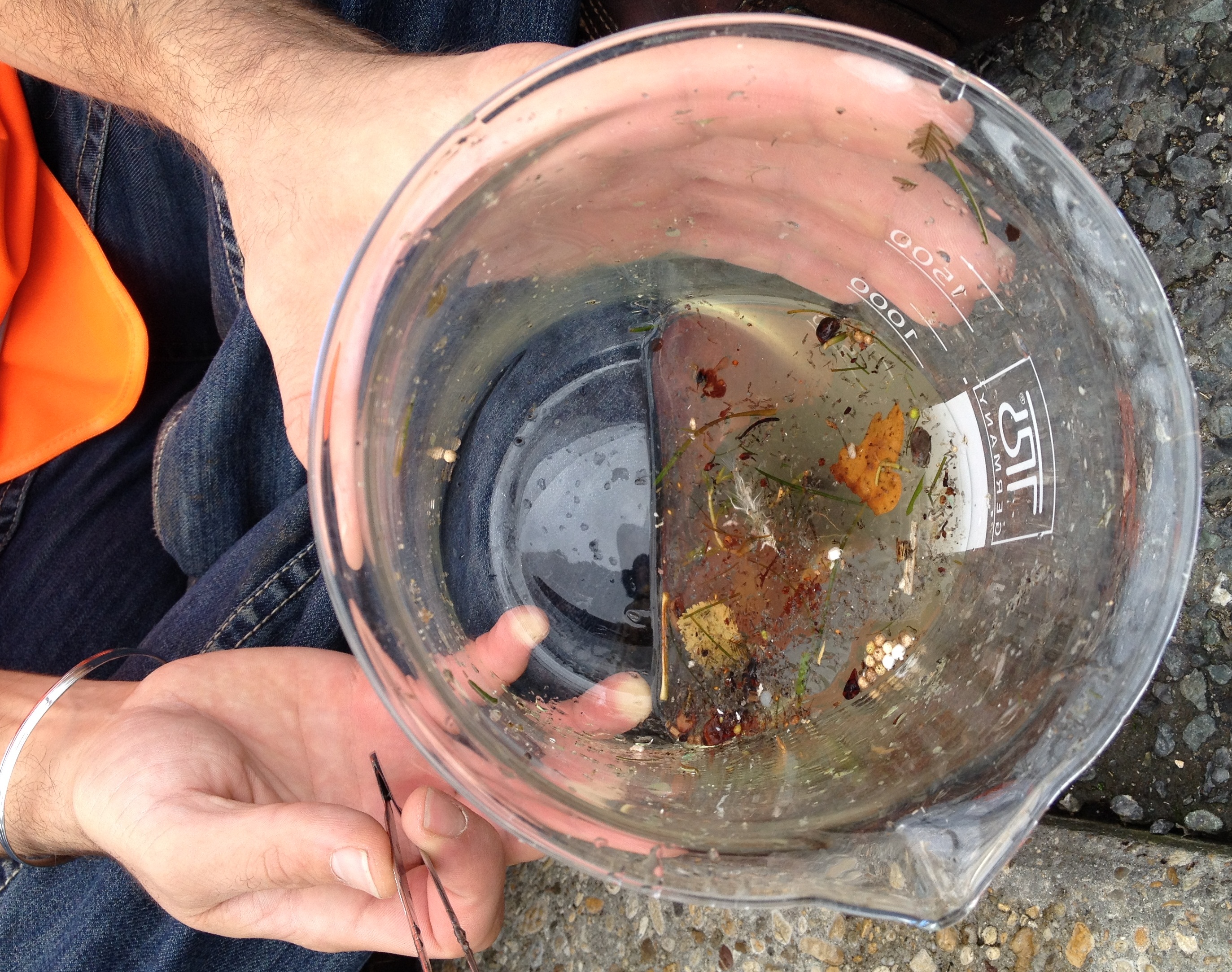
Important overview
Various studies have looked into the issue of plastic waste that ends up in oceans and seas and breaks down into tiny pieces creating so-called plastic soup floating near the surface of water that can be harmful to fish and birds and other small waterborne organisms. Yet little is known about the full extent of microplastic pollution in lakes and rivers.
“It’s something you cannot ignore. If you stroll along the beaches of Lake Geneva and Lake Constance you find plastic all the time,” said Ole Seehausen, head of fish ecology and evolution at Eawag, the Swiss Federal Institute of Aquatic Science and Technology.
Research into plastics pollution in freshwater lakes and rivers is seen as crucial, as scientists estimate that only 20 per cent of oceanic microplastics are dumped directly into the seas. The remaining 80 per cent are thought to come from terrestrial sources such as waste dumps, street litter and sewage. (see video)
“This overview will be important to decide on whether and what means have to be taken about this small portion of the total plastic waste,” said Manuel Kunz, from the federal environment office.
The Swiss study should help the authorities clarify the origins of such waste. Some experts blame the way some rainwater run-offs are organised and small rivers that overflow after storms for rubbish that ends up in lakes.
“The drainage systems and waste water plants are not designed to deal with hydraulic extremes,” said Andri Bryner from Eawag.
Tiny plastic microbeads used as abrasives in facial and body scrubs or even toothpastes, which can be less than a millimetre in diameter, are too tiny for water treatment plants to filter, added Faure.
Global plastics production grew from 1.5 million tonnes (Mt) per annum in 1950 to 245 Mt in 2008. This could triple by 2050.
In the European Union around 25 Mt of plastic waste was generated in 2008 but only 5.3 Mt was recycled. While recycling is expected to increase by 30% by 2015, landfilling and incineration with energy recovery are expected to remain the predominant waste management pathways.
In the absence of improved product design and improved waste management measures, plastic waste will increase in the EU as production increases. Trends observed in the EU are likely to be stronger in fast-growing economies like India, China, Brazil and Indonesia, but also in developing countries.
Once in the environment – particularly in the marine environment – plastic waste can persist
for hundreds of years. Harm to the coastal and marine environment and to aquatic life follows from the 10 million tonnes of litter, mostly plastic, which end up in the world’s oceans and seas annually, turning them into the world’s biggest plastic dump.
Waste patches in the Atlantic and the Pacific oceans are estimated to be in the order of 100 Mt, about 80% of which is plastic. Most plastic debris eventually comes to rest on the seabed.
Source: European Commision Green Paper on Plastic Waste in the Environment (March 2013)
Health risks?
Switzerland is not the only country looking into the issue. The initial results of an on-going study of microplastics pollution in the Great Lakes in the United States found high concentrations of microplastics, in particular microbeads in Lakes Huron, Superior and Erie. Research is continuing on the other lakes and to see whether fish are consuming the tiny fragments.
While the dangers surrounding the ingestion of larger pieces of plastic are well documented, the risks of microplastics for lake and river ecosystems are less known.
A new study of Italy’s Lake Garda published in Current Biology on October 7 suggested tiny particles may be entering the food chain as they are ingested by a variety of freshwater invertebrates.
There are concerns that ingested plastics may also leach toxic additives and other pollutants from their surface into the birds and fish that swallow them, such as bisphenol A (BPA) and phthalates, two carcinogenic agents used in transparent plastics, or other hydrophobic water pollutants, such as PCBs.
The Dutch environment ministry, which is following this topic closely, argues that toxic substances contained in microplastic waste can enter the food chain through ingestion by marine fauna like sea cucumbers, plankton and mussels.
Faure is more cautious though: “We can’t say for sure these microplastics are a threat. The links with the food chain are still being investigated and it’s difficult to evaluate the risks. For the moment they are simply new forms of pollution.”
Microbead campaign
The research comes as the European Union plans to evaluate and adjust waste policy in 2014. In March the European Commission issued a consultation paper on European strategy for plastic waste in the environment. As it is not an EU member, Switzerland did not participate in the process, however.
Opposition to the use of microbeads in products is meanwhile growing.
Last year Dutch NGOs Plastic Soup Foundation and the North Sea Foundation launched a campaign called “Beat The Micro Bead” that is now supported globally by over 30 environmental groups – but no Swiss – calling for a ban on microplastic particles in personal care products as of January 1, 2014.
Multinationals that manufacture cosmetics and other products containing micro beads have promised action.
Unilever announced it would remove all plastic microbeads from its products by 2015. Johnson & Johnson, Colgate-Palmolive and L’Oreal have followed suit. Procter & Gamble says it will remove them by 2017 despite the lack of independent scientific data on the effect of microplastics on the marine environment.
But activists are not satisfied. “This is not fast enough. They are playing for time,” said Maria Westerbos, director of the Plastic Soup Foundation.

In compliance with the JTI standards
More: SWI swissinfo.ch certified by the Journalism Trust Initiative

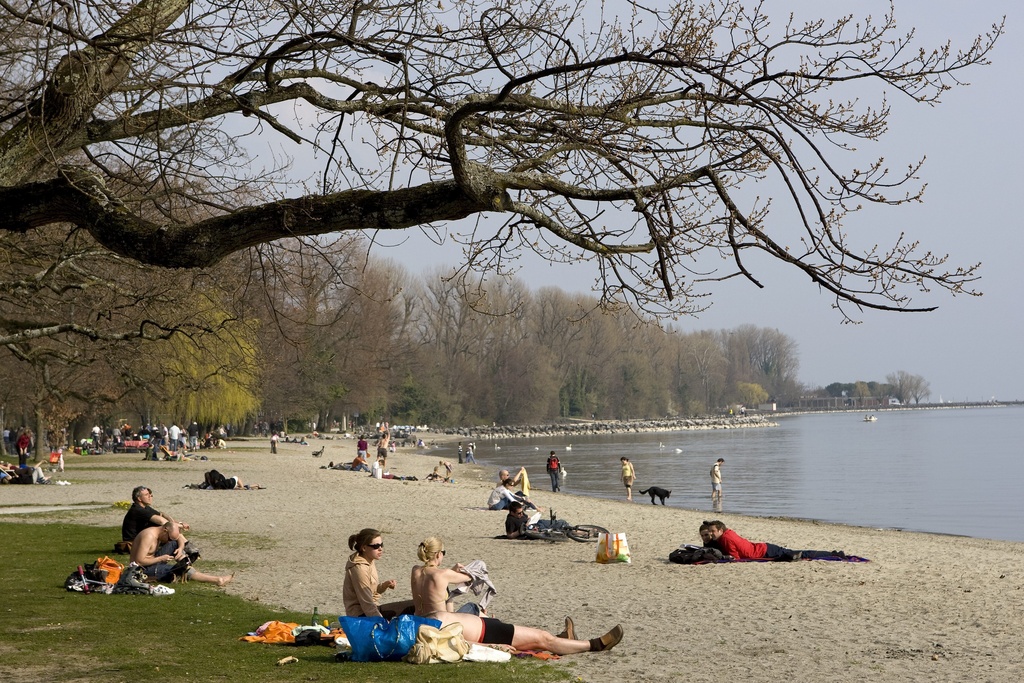
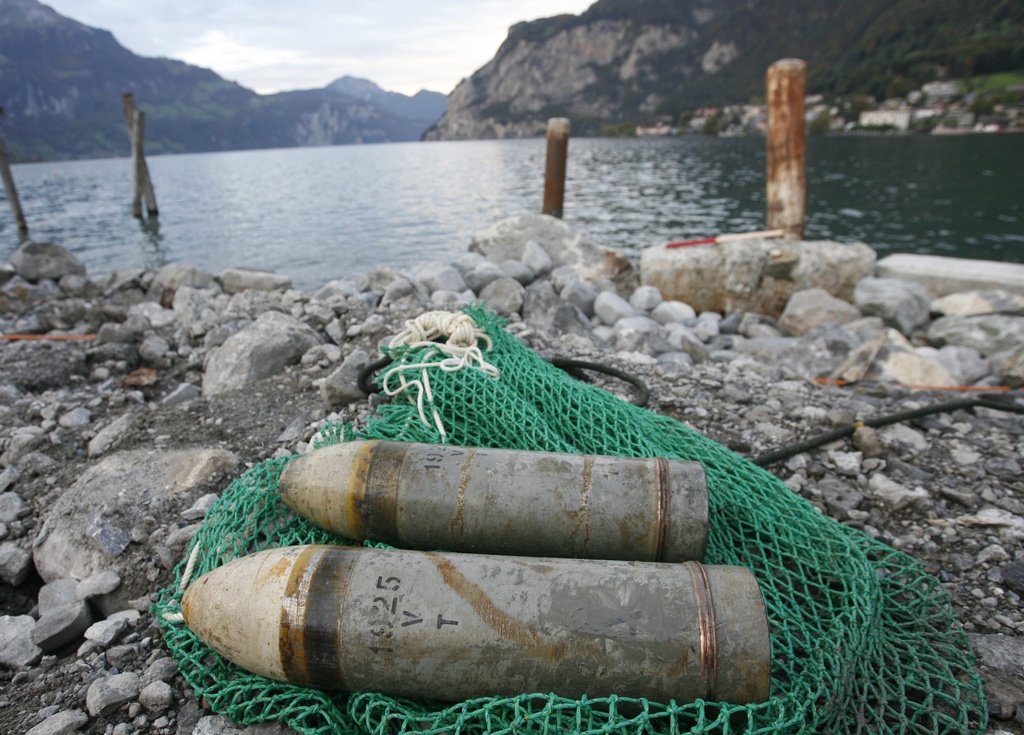
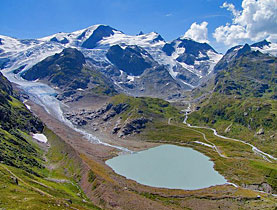
You can find an overview of ongoing debates with our journalists here. Please join us!
If you want to start a conversation about a topic raised in this article or want to report factual errors, email us at english@swissinfo.ch.